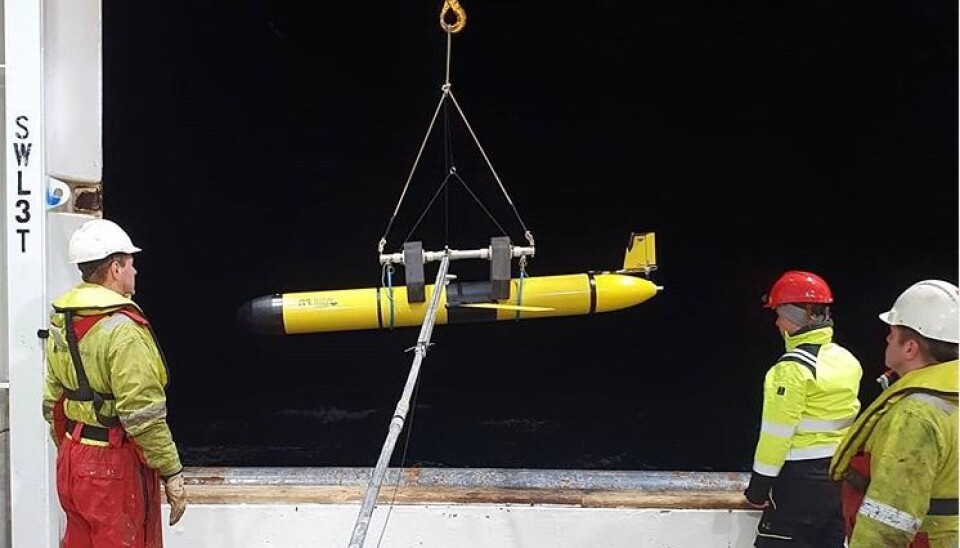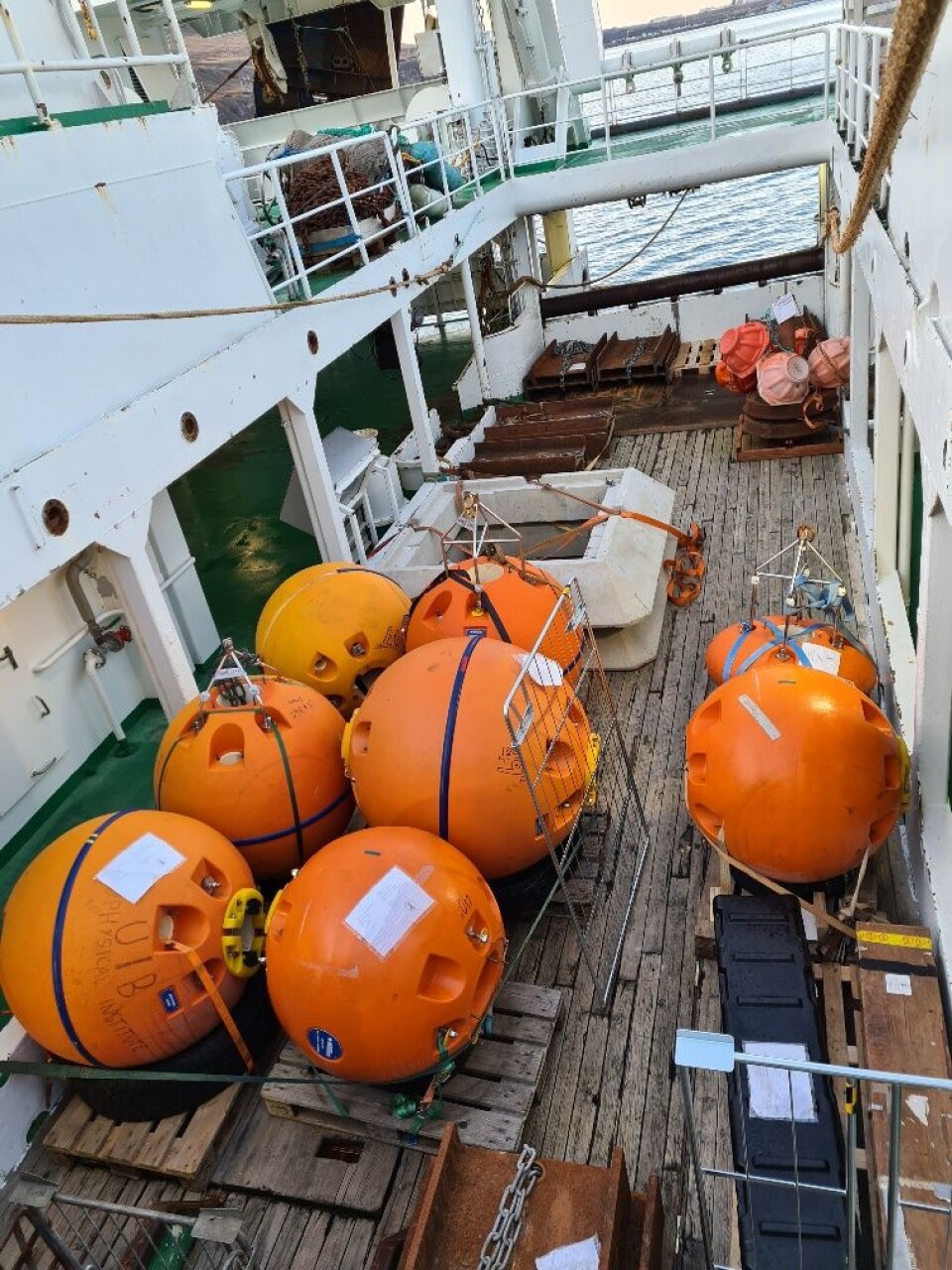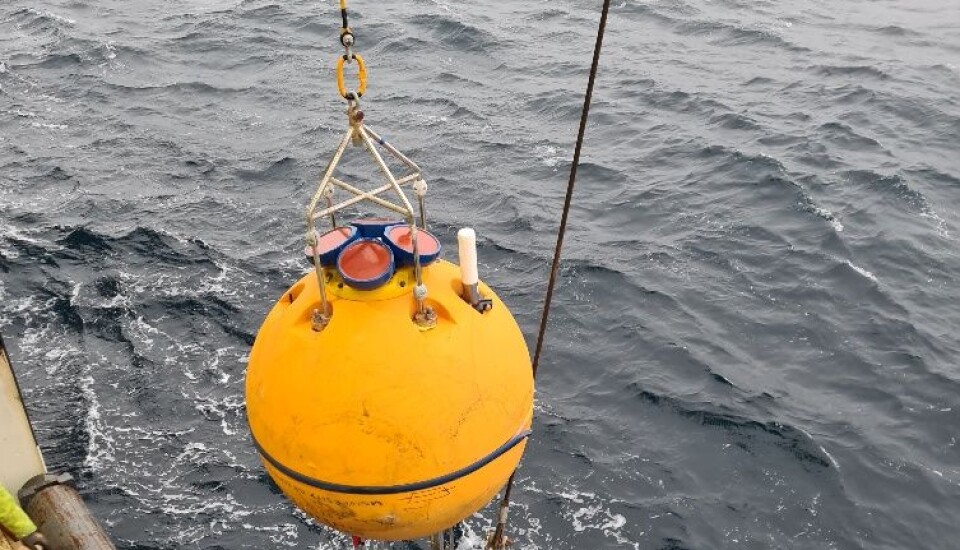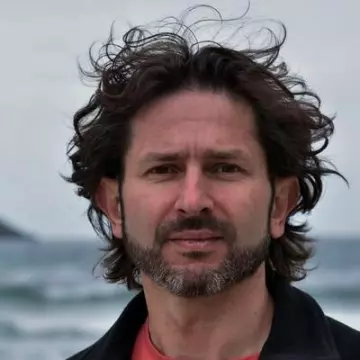
Risky business
When ocean waters with different properties, such as temperature, salinity and density, meet, they form a “front”. Ocean fronts are often rich in productivity and marine life, with high zooplankton and fish larvae concentrations. This makes fronts attractive for fishing vessels for obvious reasons.

In the Barents Sea, in waters to the east of Svalbard, waters of Arctic origin and waters of Atlantic origin meet. The Barents Sea Polar Front separates the cold and fresh polar waters from warm and saline Atlantic waters. In a task of the Nansen Legacy project, we aim to understand how the two water bodies mix, what controls the location and movement of the front, and how physics and marine chemistry and biology interact. Following Nansen’s footsteps, we make observations and high quality measurements.
Times have changed. We now use advanced instruments installed on mooring lines, on robots (underwater gliders) and on ships, measuring from tiny whirls of turbulence to larger motions. Not surprisingly, commercial fishing vessels are keen to visit and trawl at the sites we plan to collect data. When we approached our planned glider deployment position at the front, no less than five trawlers were patrolling the site! We moved our measurement line to a safe spot.

But what about the moorings we deploy and are meant to stay in water for one year?
To capture the weekly / monthly / seasonal variations of ocean currents, temperature and salinity at the front, we selected key locations to deploy our moorings.
Each line is anchored to bottom extending from seabed to about 15 m depth, instrumented with a number of battery-powered, self-recording sensors, held taut by buoyancy balls.
Such instruments often tell a story that cannot be realized from short research cruises. To select the mooring locations, we plotted charts showing the fishing vessel density in the region. This varies from year to year, but the message is clear: there is not a single safe spot for our moorings!
I guess our ocean gliders are “safer” because they are a moving target. They profile from surface to seabed as they move slowly along a slice of ocean.
A dilemma arises. Should we take the risk and leave the instruments in water until next fall, or shall we give up on exciting observations and at least recover moorings and valuable data in our coming up winter cruise in February, before the life starts blooming in the Barents Sea in spring.
Although we took measures such as informing the authorities and installing tracker sender on buoys for emergency recovery, this remains a suicide mission.
———








